Welcome to Raqball! 🎯
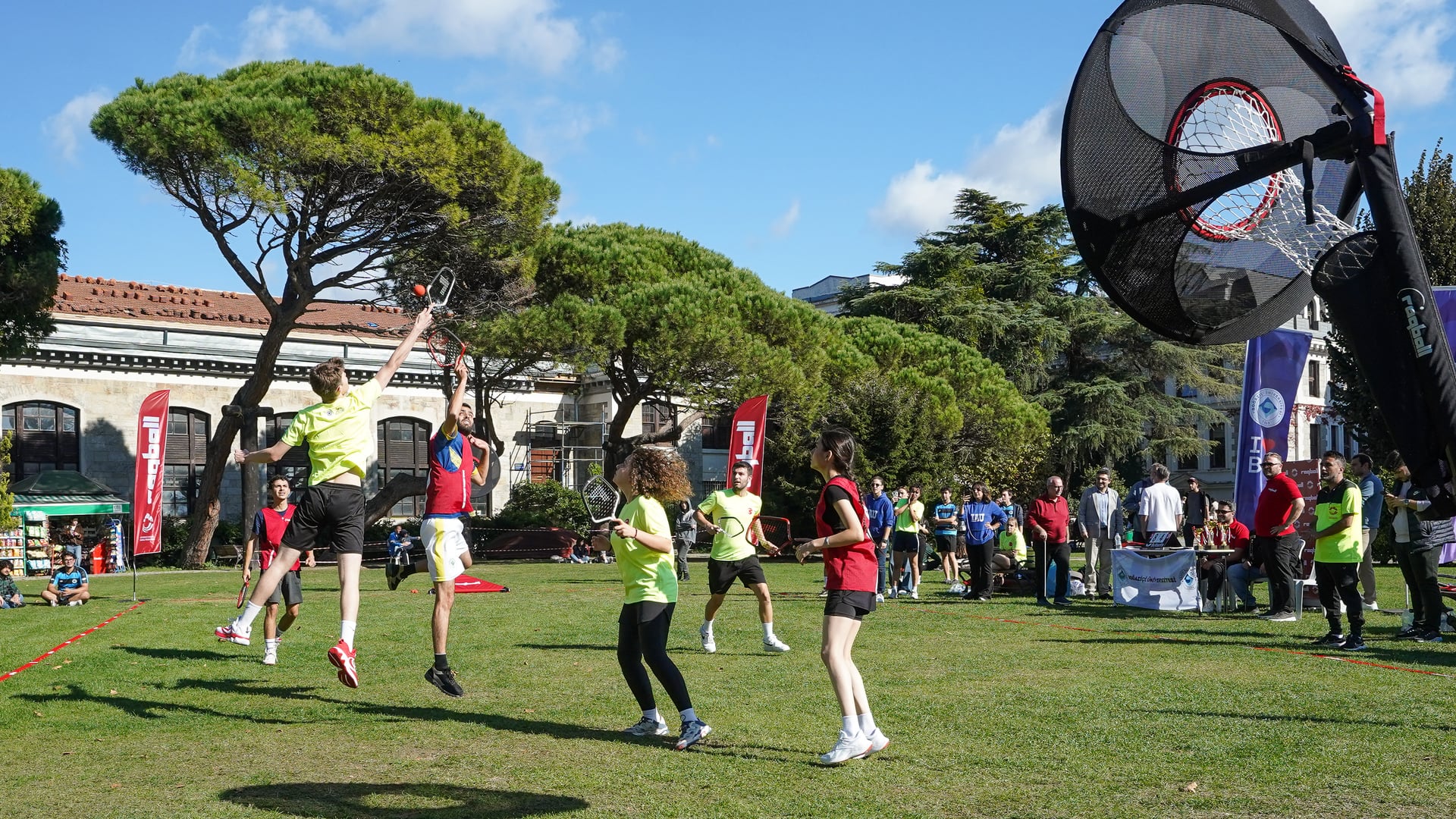
Welcome to Raqball Rules Fundamentals!
You're about to learn the basics of the world's first truly gender-inclusive team sport. Raqball is designed for everyone to play together on equal terms.
- ✅ Gender-Inclusive: Mixed-gender teams with balanced participation
- ✅ Non-Contact: Safe for all ages and skill levels
- ✅ Strategic: Combines throwing, catching, and tactical thinking
- ✅ Accessible: Easy to learn, exciting to master
In the next 30 minutes, you'll learn everything you need to understand and enjoy Raqball!
What is Raqball?
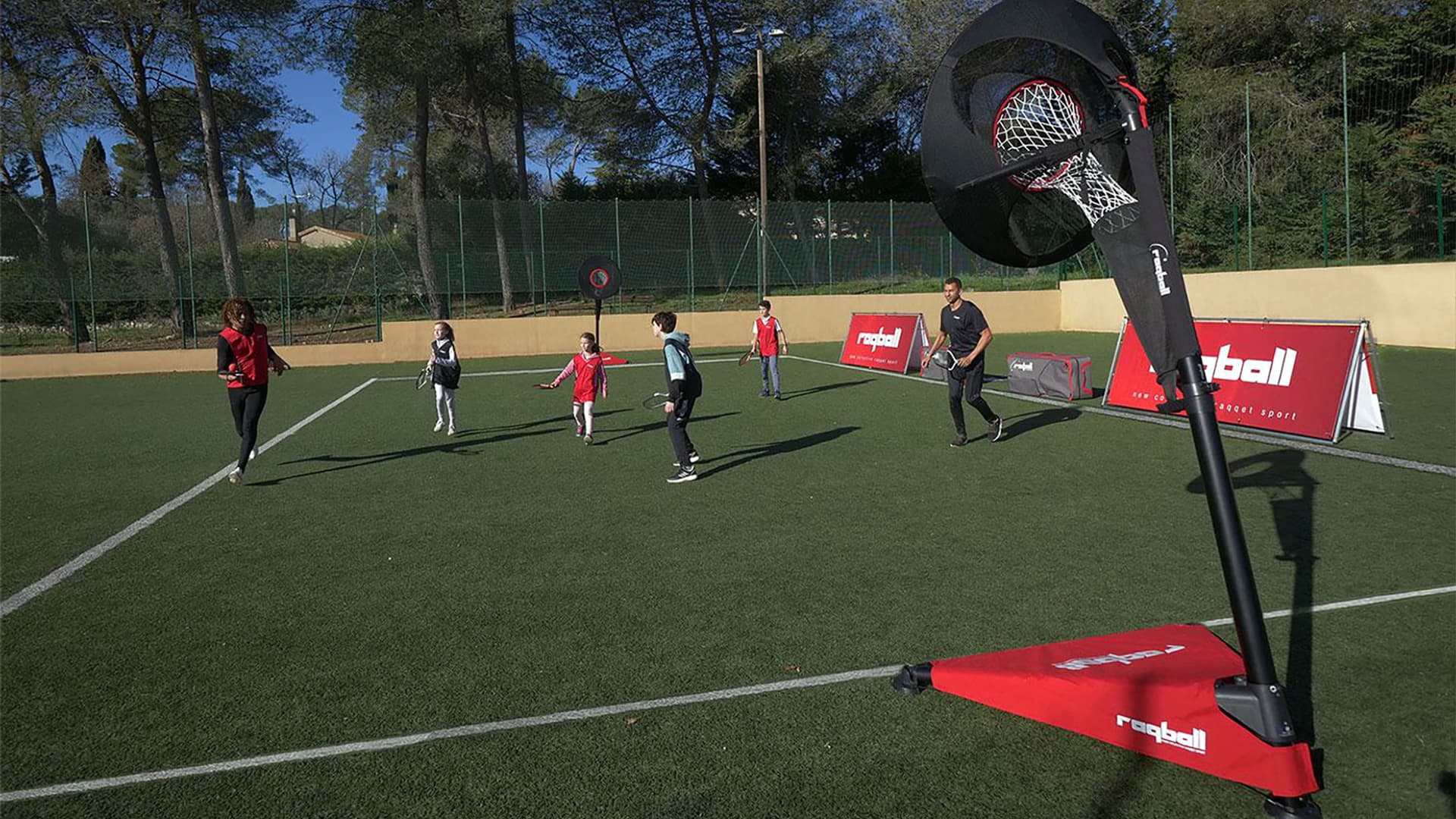
Raqball is a dynamic team sport that combines elements of throwing, catching, and strategic positioning.
The Core Concept:
- Two teams compete to score points by throwing a ball at a target
- Players use a RAQQET (a specialized racquet) to catch and control the ball
- The goal is to hit the TARGGET (a vertical target board with scoring zones)
- Movement rules create strategic gameplay without running
Unlike traditional sports, Raqball's unique rules ensure that players of all genders, ages, and athletic abilities can compete together fairly.
Who Can Play Raqball?
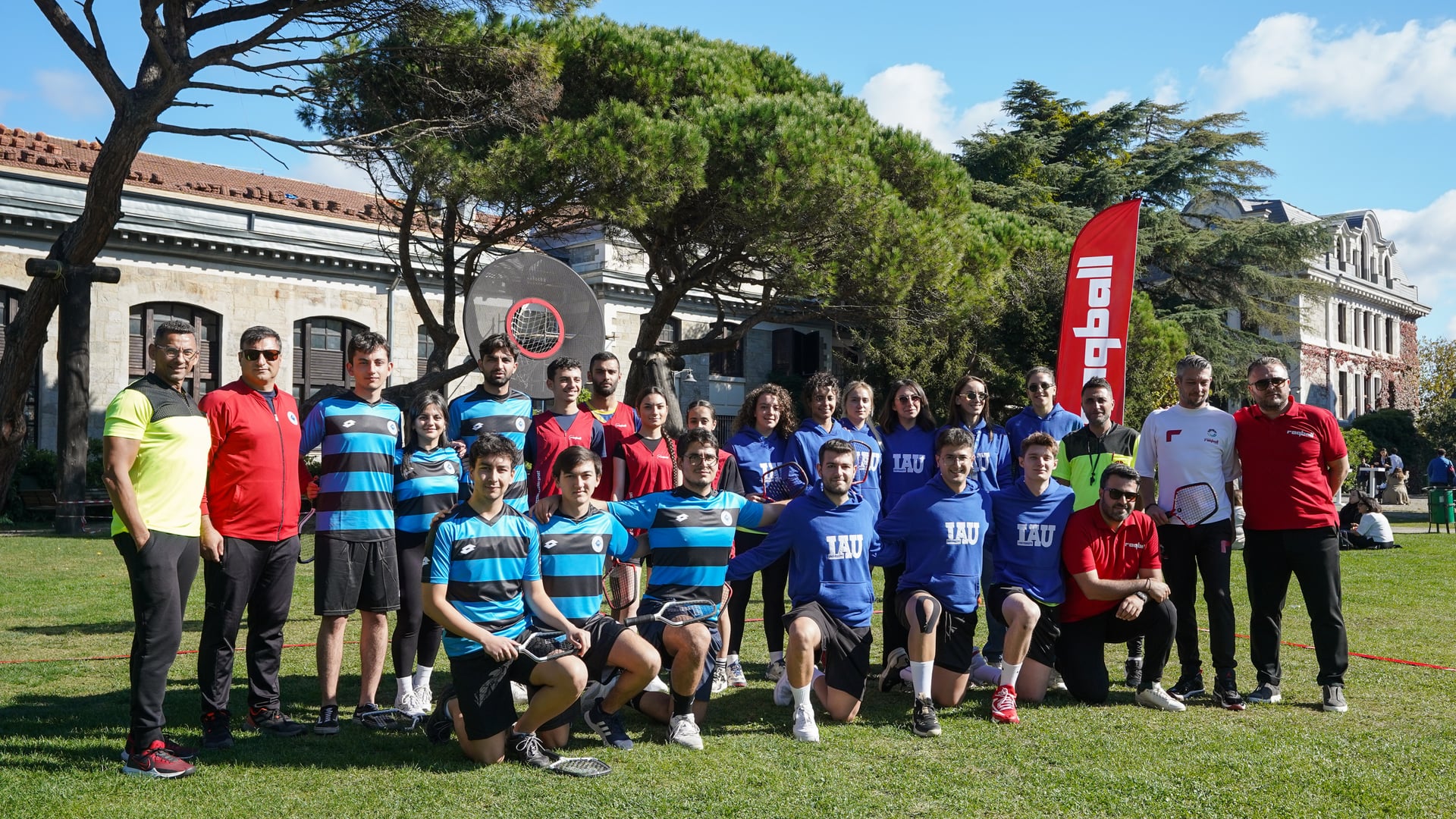
Everyone! Here's why:
- Youth: Ages 10+ can start learning
- Adults: All fitness levels welcome
- Masters: No upper age limit
Gender-Inclusive Teams:
- Mixed-gender teams are encouraged and promoted
- Equal playing time and participation for all
- No gender-based position restrictions
- Truly inclusive competition structure
Skill Levels:
- Beginner: Easy to learn basic rules
- Intermediate: Develop strategic play
- Advanced: Master techniques and tactics
Whether you're a student, parent, coach, or sports enthusiast, Raqball welcomes you!
The Raqball Court
Court Dimensions:
- Length: 20 meters (65.6 feet)
- Width: 10 meters (32.8 feet)
- Similar to: Half a basketball court
Court Zones:
Front Zone (Opponent's Half): Closer to their TARGGET - scores 1-2 points
Back Zone (Your Own Half): Farther from their TARGGET - scores 2-4 points
Zone positioning affects scoring - shooting from farther away is worth more points!
Key Features:
- TARGGET at each end (vertical scoring target)
- Clearly marked zones for scoring
- Sidelines and end lines define boundaries
- Can be played indoors or outdoors
The TARGGET 🎯
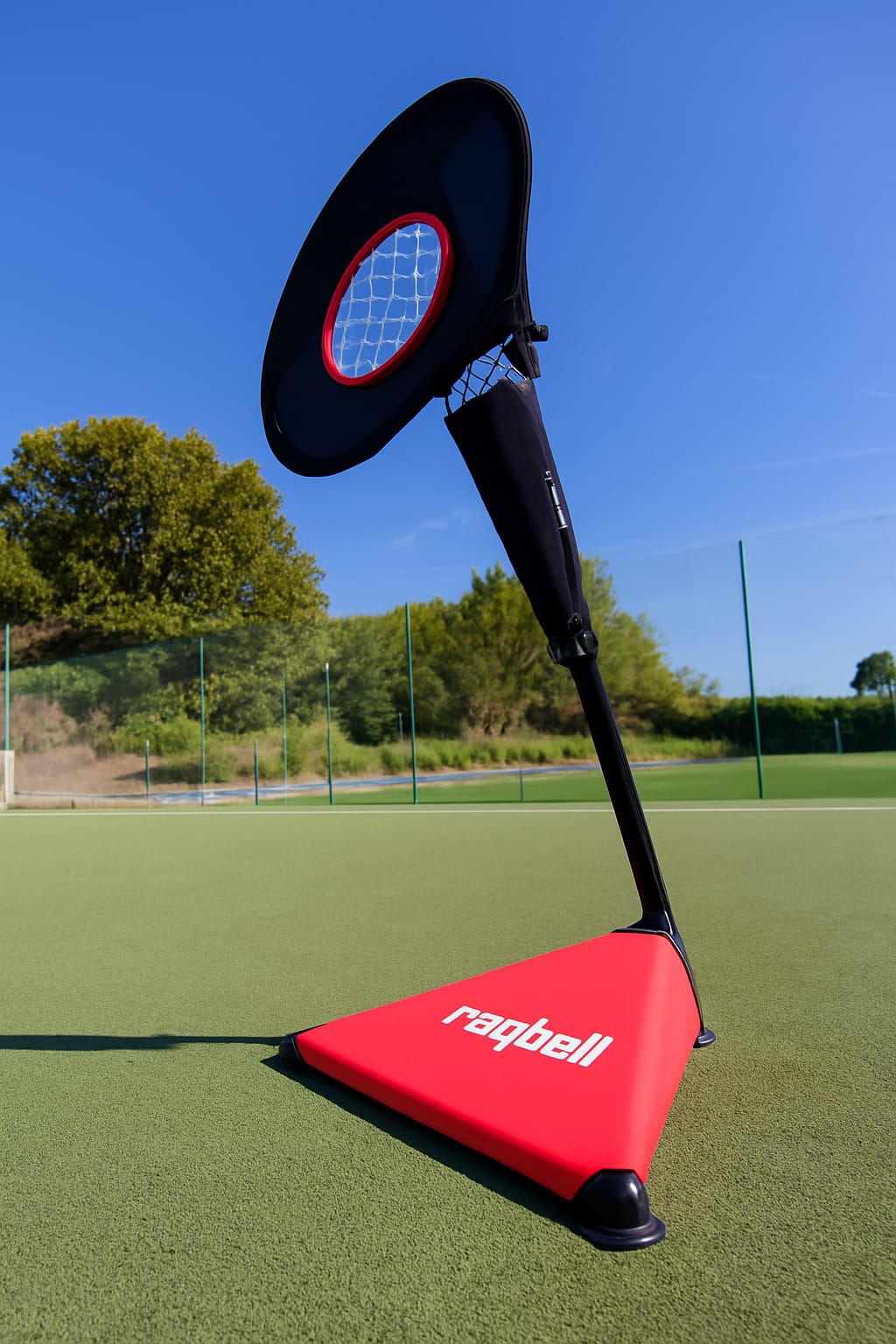
The TARGGET is the scoring target - a vertical board with different scoring areas.
TARGGET Structure:
- Vertical board mounted at each end of the court
- Center hole for precision shots (worth double points!)
- Dimensions: 280cm × 110cm (110in × 43in regulation size)
- Position: Placed behind the baseline at center
The TARGGET has a center hole that doubles your points! Shots from farther away (back zone) are worth more than close shots (front zone). Strategy matters!
Why It Matters:
- Creates strategic decisions (close vs. far, hit vs. hole)
- Rewards precision (center hole = double points)
- Rewards distance (back zone = more points)
- Opponents can defend but must stay 1 meter away
The RAQQET & Ball
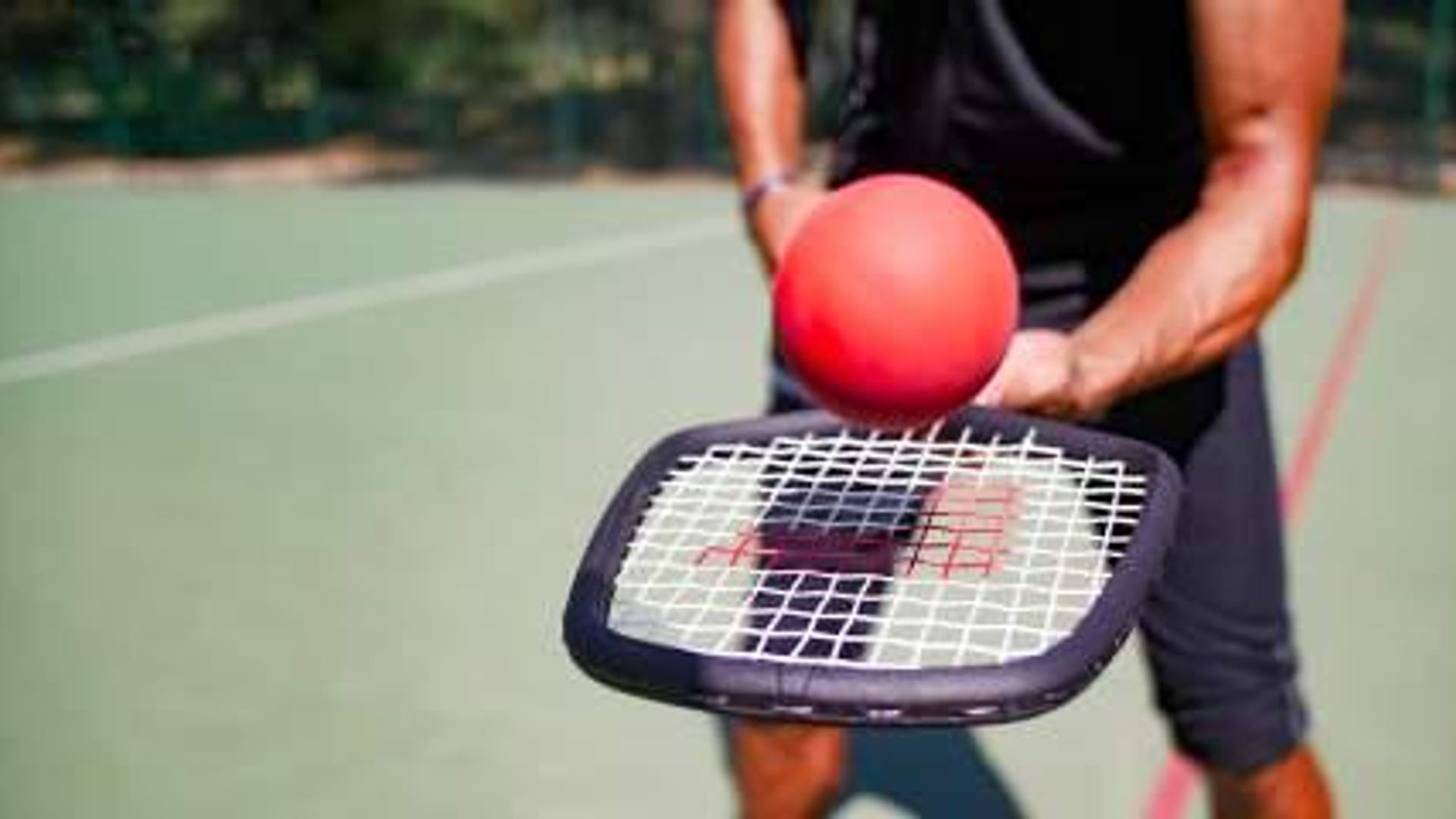
The RAQQET:
- Specialized racquet designed for Raqball
- Netted face for catching and controlling the ball
- Ergonomic handle for comfortable grip
- Lightweight for quick movements
The Ball:
- Official Raqball (regulation size and weight)
- Soft enough for safety
- Firm enough for accurate throwing
- Durable for indoor/outdoor play
Other Equipment:
- Uniform/Jersey (team colors)
- Athletic shoes (non-marking for indoor)
- Optional: Protective eyewear
Team Setup 👥
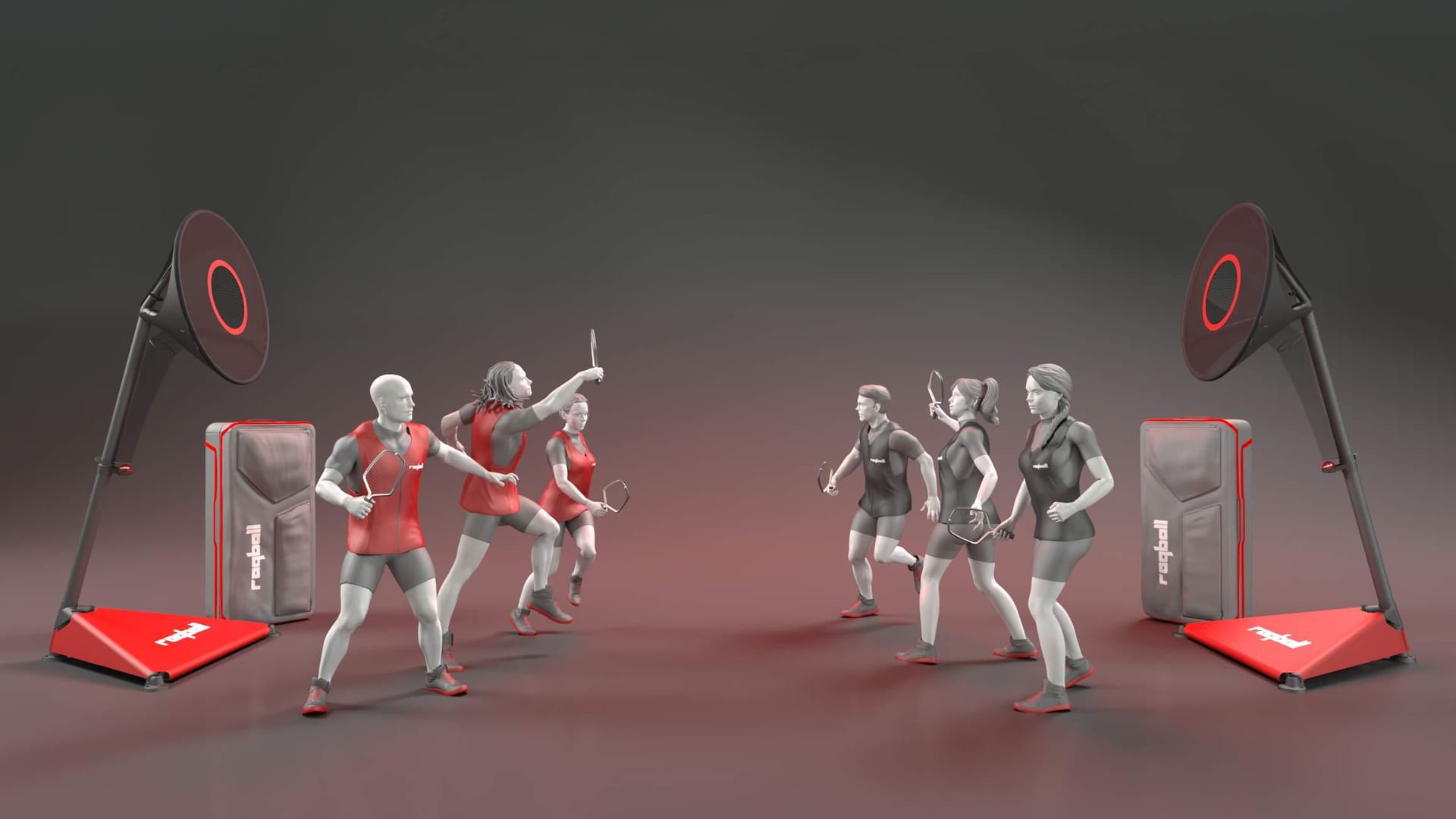
Team Composition:
- 6 players per team:
- 3 active players on the court
- 3 substitute players on the bench
- Mixed-gender requirement: Teams must include players of different genders
Offensive roles: Focus on scoring
Defensive roles: Prevent opponent scoring
Flexible positioning: Players can move between offense and defense
Substitutions:
- Unlimited substitutions during stoppages
- Quick swaps keep the game fast-paced
- Strategic - coaches can adjust for offense/defense
- Must occur during dead ball situations
Officials:
- 2 referees (one on each side of the court)
- Scorekeeper tracks points and time
- Timekeeper manages game clock
Game Flow ⏱️
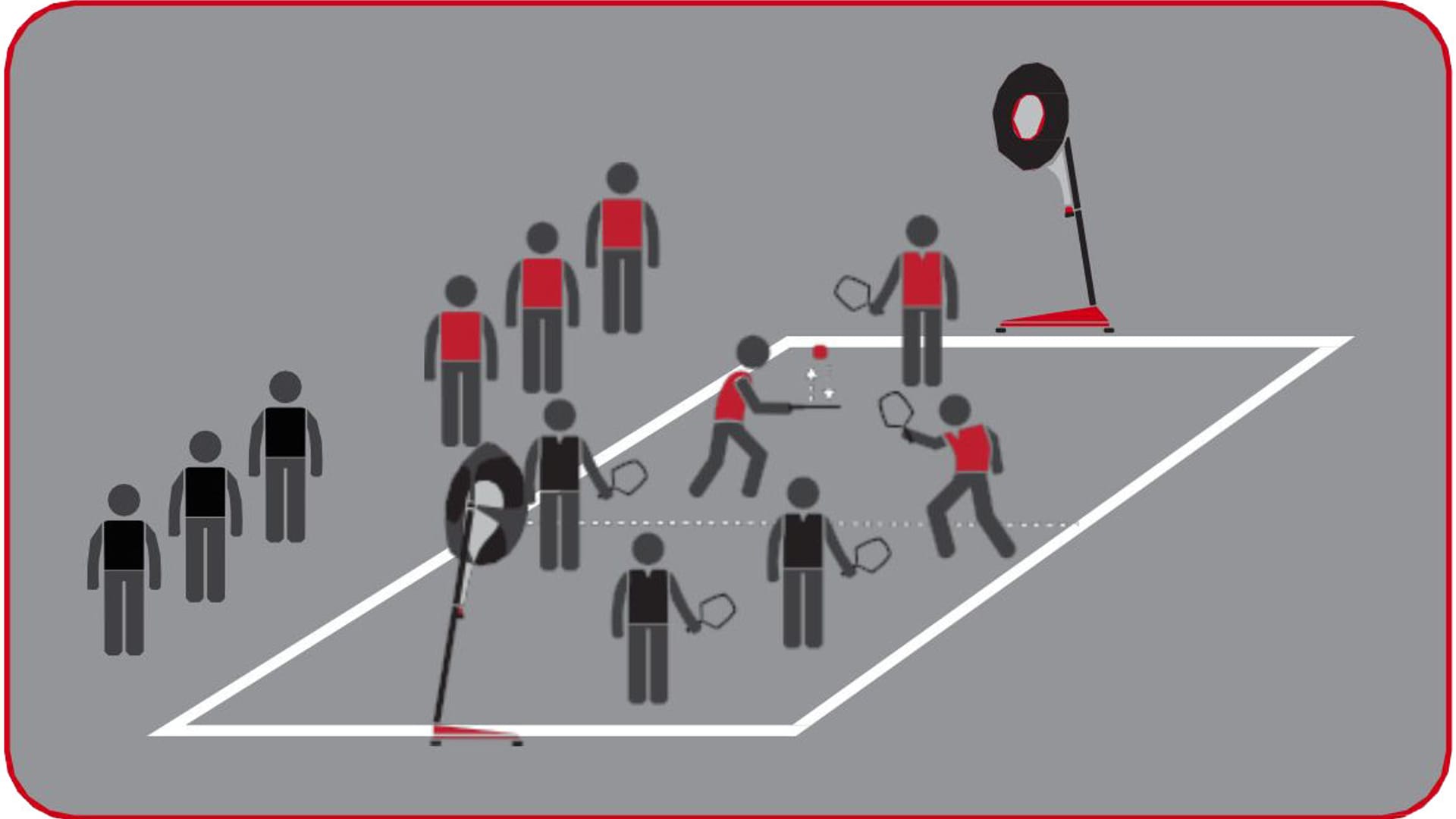
Game Duration:
- 4 quarters of 5 minutes each
- Total playing time: 20 minutes
- Halftime: 2 minutes after 2nd quarter
- Short breaks: 1 minute between 1st-2nd and 3rd-4th quarters
• Coin toss determines first possession
• Game begins with a start throw from mid-court
• After each score, the team that was scored on gets possession
Game Pace:
- Fast-paced - quick possessions
- Clock mechanism: Stops on every dead ball, restarts when ball is live
- Timeouts: Per event rules and officials' discretion
Winning:
- Team with most points at end wins
- Overtime: If tied, sudden death - first TARG scores wins (no fixed time)
Ball Movement: DRIB'UP
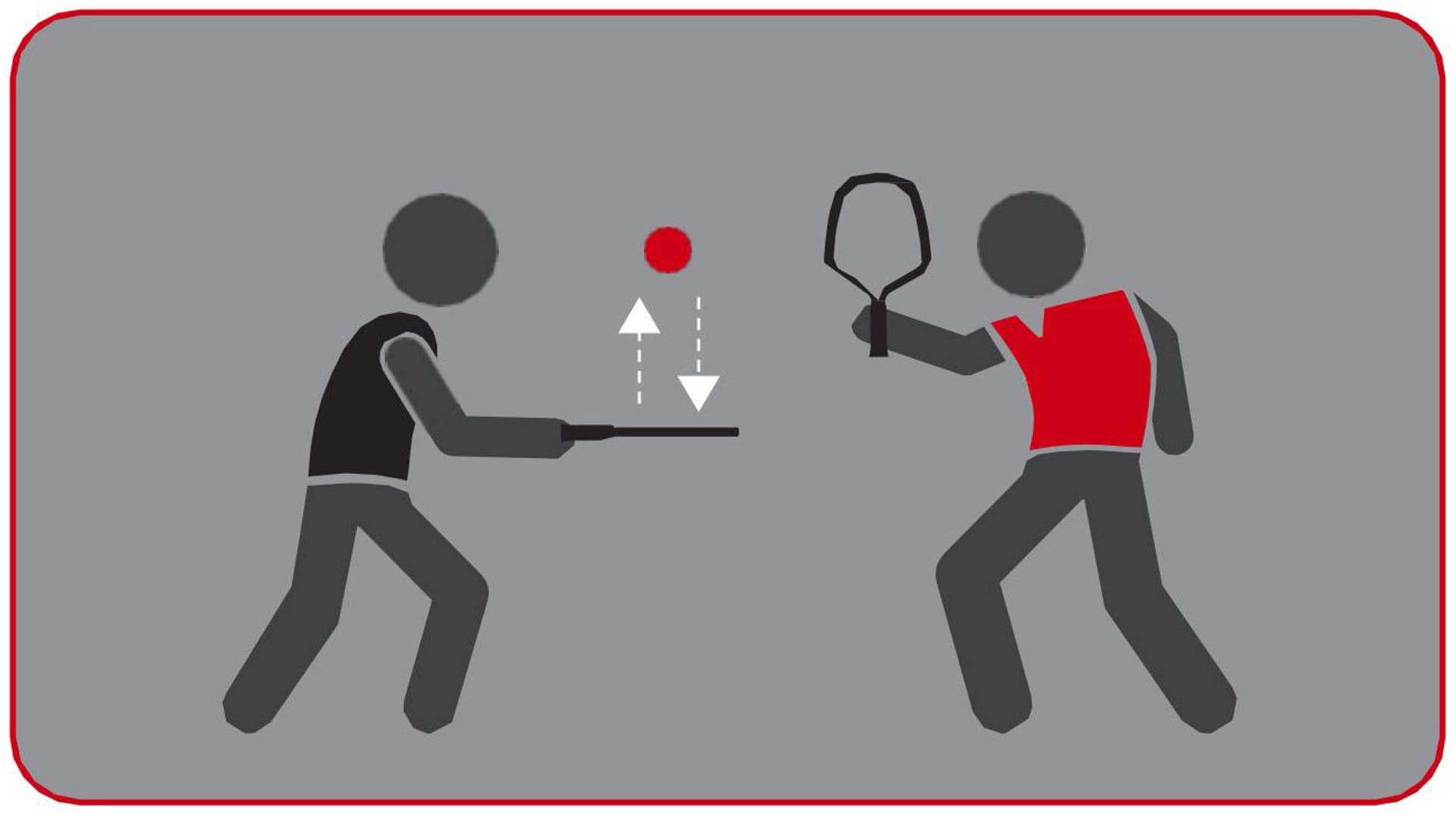
DRIB'UP is Raqball's unique movement technique - it's how you move with the ball!
A player bounces the ball on the ground with their RAQQET, catches it in the RAQQET net, and may take steps while the ball is in the air.
DRIB'UP Rules:
- Bounce with RAQQET: Hit the ball down to the ground using your RAQQET
- Catch in RAQQET: Recatch the ball with your RAQQET after the bounce
- Move while airborne: You can take steps while the ball is in the air
- Must be intentional: Accidental drops don't count as DRIB'UP
Why DRIB'UP Matters:
- Allows controlled advancement down the court
- Creates strategic positioning opportunities
- Different from running - promotes fairness
- Requires skill and practice to master
Remember: You can't just run with the ball - you must use DRIB'UP technique!
Other Movement Rules
HIGH PASS:

Rule: After catching a HIGH PASS, you can move while keeping the ball active with DRIB'UP, passes, or shooting.
1GROUND:
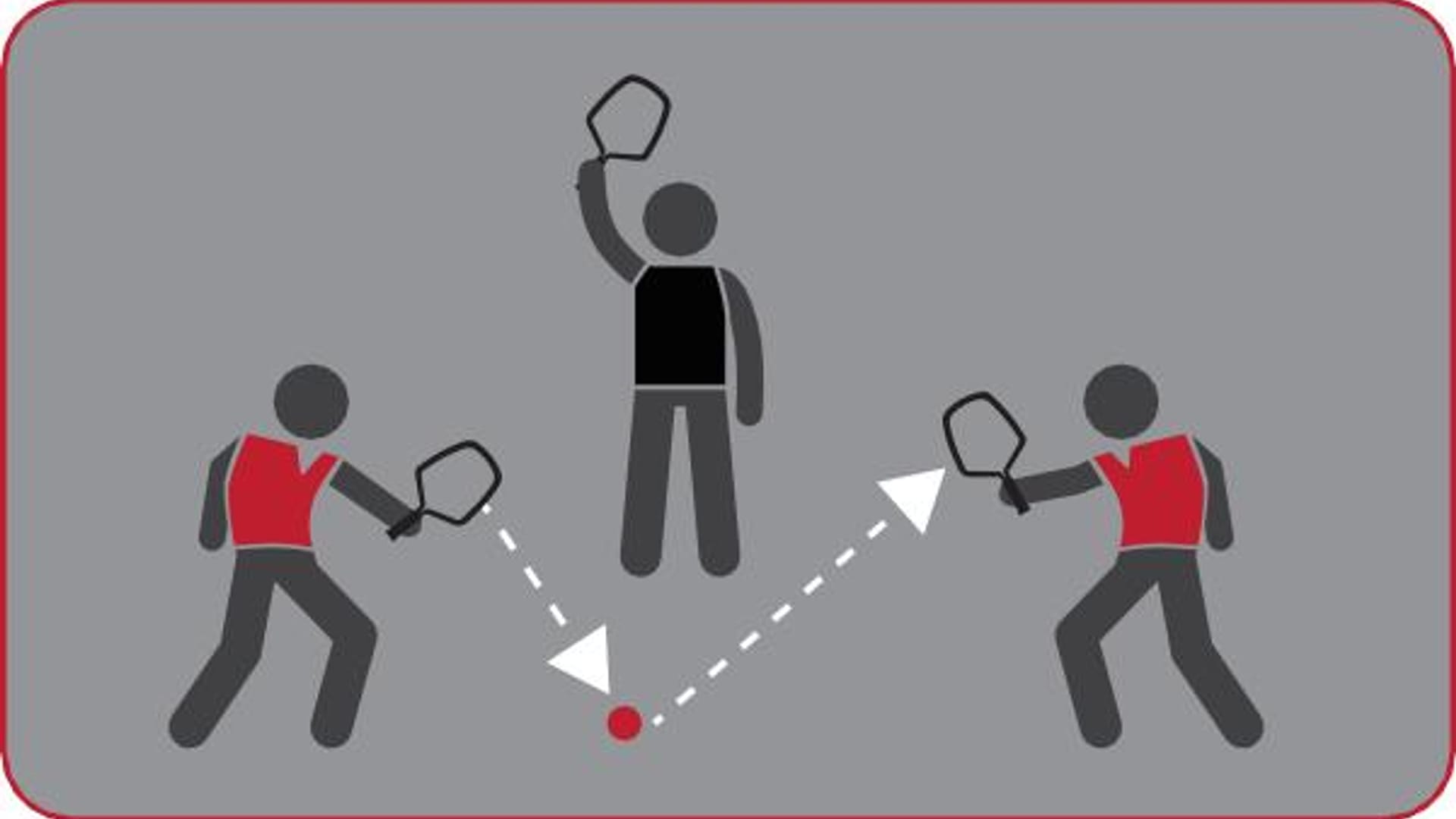
Rule: Each team can use ONE 1GROUND during their possession. After catching a 1GROUND pass, keep the ball moving with DRIB'UP, passes, or shooting.
Quick Reference:
- Ball control: Keep ball moving and non-static on RAQQET
- HIGH PASS or 1GROUND: Use to advance position
- DRIB'UP: Move while ball is airborne during the bounce
- Movement: Use DRIB'UP, passes, and 1GROUND (max once per possession)
Strategy Tip: Use HIGH PASS and 1GROUND to give receivers momentum for better shooting position!
How Scoring Works 🎯

A TARG is a shot at the TARGGET! Points depend on where you shoot from and where you hit.
Front Zone (Opponent's Half) Scoring:
Ball contacts the TARGGET surface from front zone.
Ball hits or passes through the center hole from front zone.
Back Zone (Your Own Half) Scoring:
Ball contacts the TARGGET surface from back zone.
Ball hits or passes through the center hole from back zone - highest value!
Strategy: Close shots are safer (1-2 points), but long-distance shots from back zone are worth more (2-4 points)!
Scoring Examples 📊
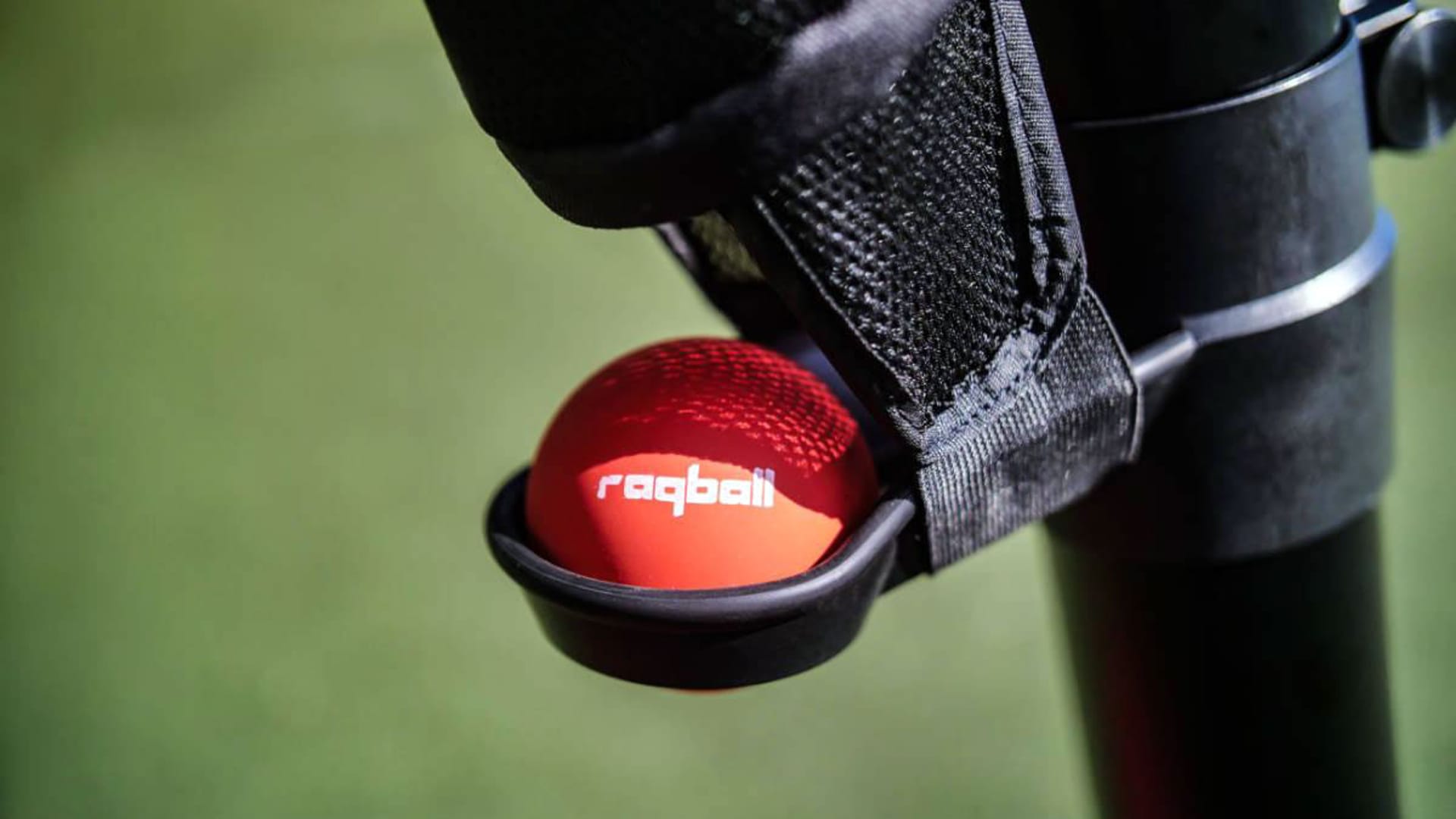
Complete Scoring Breakdown:
✓ Hit TARGGET anywhere = 1 point
✓ Hit or through center hole = 2 points
✓ Hit TARGGET anywhere = 2 points
✓ Hit or through center hole = 4 points ⭐
Strategic Decisions:
- Aggressive Attack (Front Zone): Push forward for easy 1-point shots, or risk 2-point hole shots
- Long-Range Power (Back Zone): Stay back for valuable 2-4 point shots - harder but worth more!
- Center Hole Bonus: Always doubles your points (1→2 or 2→4)
- Court Position Matters: Every meter counts - farther = more points
Scoring Examples:
- Shot from front zone hits TARGGET = 1 point
- Shot from front zone through hole = 2 points
- Shot from back zone hits TARGGET = 2 points
- Shot from back zone through hole = 4 points (maximum!)
Pro Tip: Master accurate shooting from the back zone - it's the key to high scores!
Winning Strategies 🏆

Offensive Strategies:
- Accuracy First: Aim for center hole (doubles points!)
- Back Zone Power: Shoot from back zone for maximum points (2-4 pts)
- Quick Ball Movement: Pass to create better shooting angles
- Use DRIB'UP: Advance to better positions
- High-Low Game: Combine HIGH PASS with ground movement
Defensive Strategies:
- Guard the TARGGET: Block shooting lanes
- Maintain distance: Stay legal spacing from opponent
- Anticipate passes: Intercept when possible
- Communicate: Call out screens and switches
Accurate Shooting + Smart Passing + Strong Defense = WINS! 🎯
Remember: The team with the most points when time expires wins!
⚠️ CRITICAL: Non-Contact Rule
🛑 MOST IMPORTANT RULE IN RAQBALL:
RAQBALL IS A NON-CONTACT SPORT
Physical contact between players is STRICTLY PROHIBITED and results in penalties.
What "Non-Contact" Means:

- ❌ No pushing, holding, or blocking with your body
- ❌ No intentional contact with opponents
- ❌ No screening (using body to obstruct)
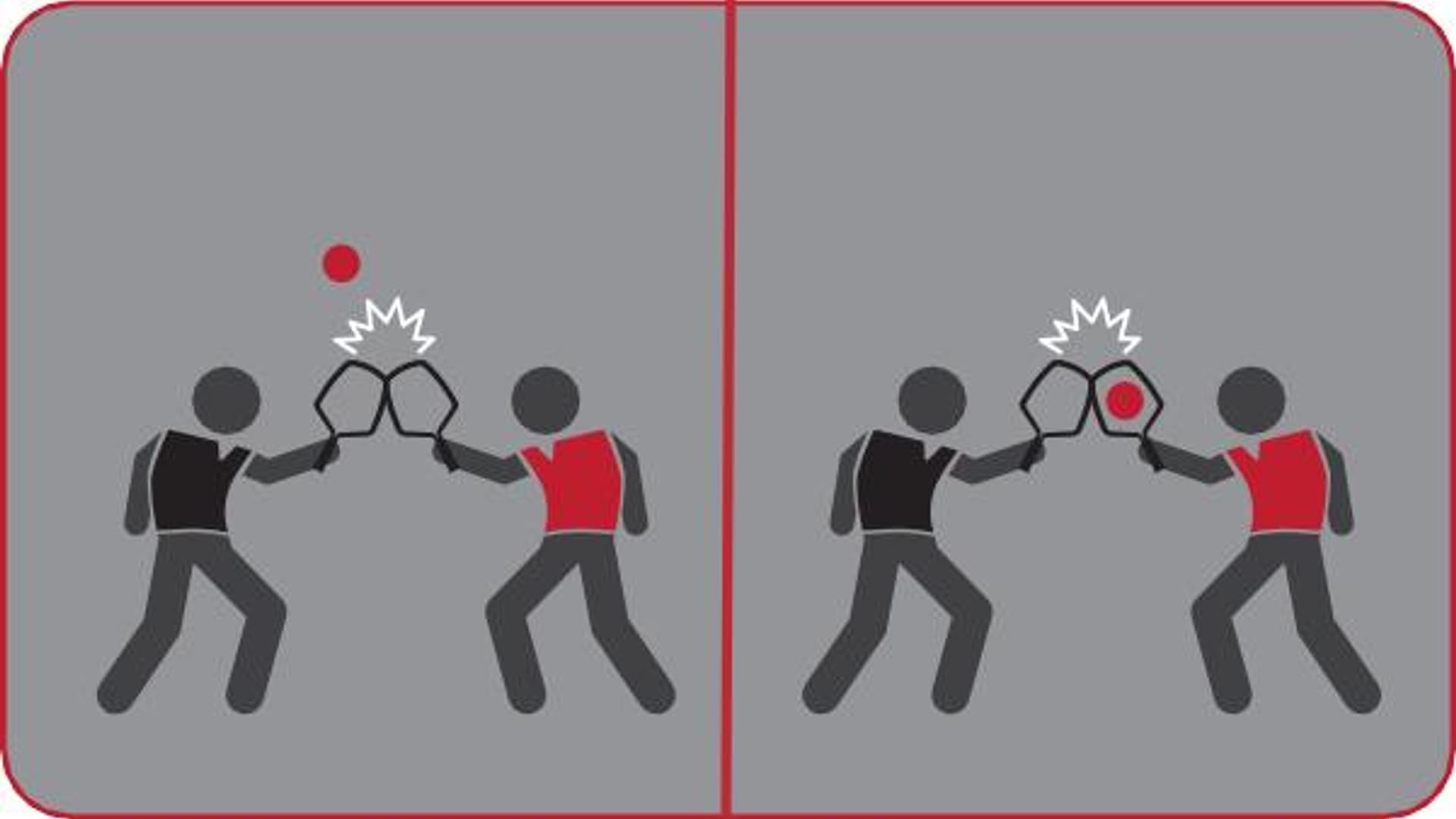
- ❌ No charging or aggressive movement into players
- ✅ Maintain safe distance at all times
Why This Matters:
- Safety first: Protects all players from injury
- Inclusivity: Allows players of all sizes to compete fairly
- Skill focus: Emphasizes technique over physicality
- Gender equity: Levels the playing field
Violation: Contact fouls result in possession change and/or penalty throws for the opposing team.
Common Violations ⚠️
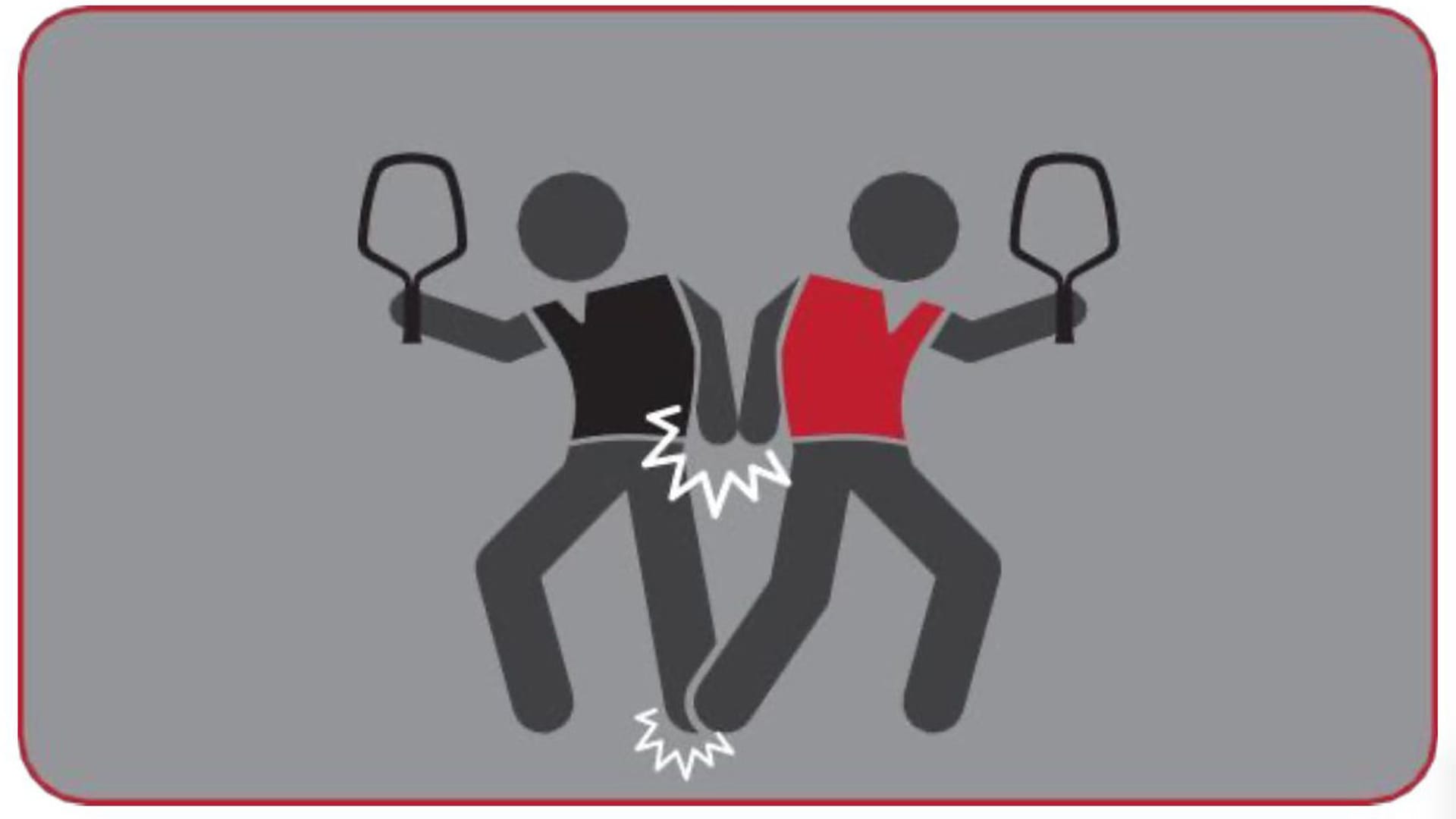
Movement Violations:
- Traveling: Taking steps with the ball without DRIB'UP, HIGH PASS, or 1GROUND
- Double DRIB'UP: Performing DRIB'UP, catching, then DRIB'UP again without passing
- Carrying: Holding the ball too long in RAQQET (must keep it moving)
Ball Handling Violations:
- Out of Bounds: Ball or player touches/crosses boundary lines
- Dropped Ball: Losing control of ball (unless DRIB'UP)
- Illegal Pass: Pass doesn't meet HIGH PASS or 1GROUND criteria
Defensive Violations:
- Too Close: Defender must maintain minimum distance (1 meter) from offensive player with ball
- Interference: Blocking shooting lane with body
- Contact: Any physical contact (see previous slide)
• Minor violations: Turnover (possession to other team)
• Major violations: Free throw from designated spot
• Repeated violations: Yellow/Red card system
Substitutions & Timeouts
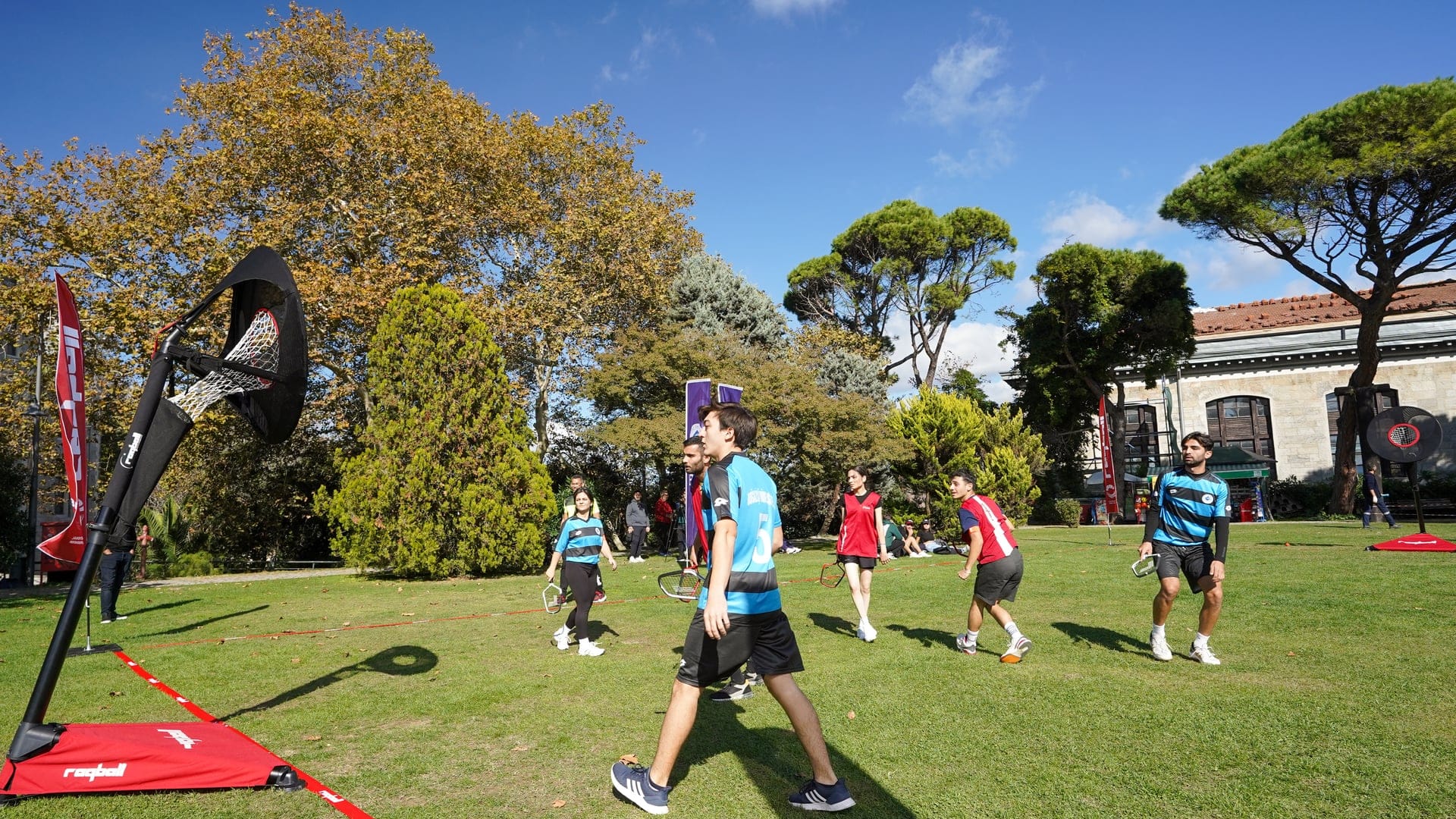
Substitution Rules:
Teams can make up to 2 player substitutions in each quarter.
- When: During timeouts OR when team has possession
- How: Player enters from own endline near bench
- Who: Any of the 3 bench players can replace any of the 3 court players
- Strategy: Fresh legs, matchups, or tactical adjustments
Timeout Rules:
- Team timeouts: Per event-specific rules
- Officials' timeouts: For injuries, equipment issues, or other stoppages
- Use: Strategy discussion, rest, or momentum shift
Sportsmanship & Fair Play 🤝

Raqball values respect, integrity, and fair play above all else.
Core Values:
- Respect: For opponents, teammates, officials, and the game
- Integrity: Play by the rules, admit mistakes
- Inclusivity: Welcome all players regardless of background
- Safety: Prioritize player wellbeing
Expected Behavior:
✅ Shake hands before and after the game
✅ Acknowledge good plays by anyone
✅ Help opponents up if they fall
✅ Accept officials' decisions gracefully
✅ Encourage teammates positively
❌ Argue with officials
❌ Taunt or disrespect opponents
❌ Use foul language
❌ Show poor body language
❌ Question others' integrity
Remember: How you play the game matters as much as whether you win!
Congratulations! 🎉

You've completed the Raqball Rules Fundamentals course!
What You've Learned:
- ✅ What makes Raqball unique and inclusive
- ✅ The court, TARGGET, and equipment
- ✅ Team setup and game flow
- ✅ Movement rules (DRIB'UP, HIGH PASS, 1GROUND)
- ✅ Complete scoring system
- ✅ Critical non-contact rule
- ✅ Violations and penalties
- ✅ Sportsmanship values
🎓 Ready for Your Certificate?
Take the 20-question exam to test your knowledge!
Pass Score: 14/20 (70%)
What You Get: Digital certificate from Raqball USA Federation
Next Steps:
- Take the exam below to earn your certificate
- Download the full rules PDF for reference
- Watch videos of Raqball gameplay
- Find local programs to start playing
Good luck on your exam! 🍀